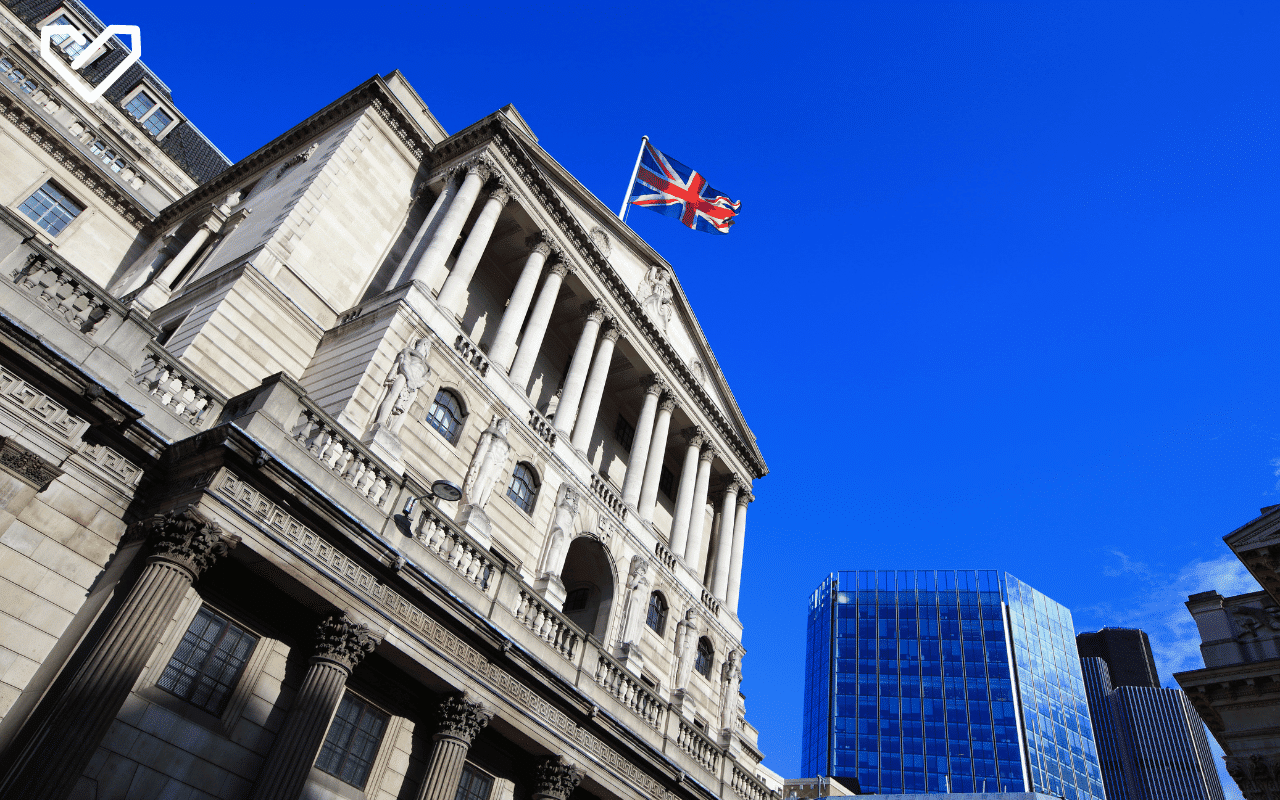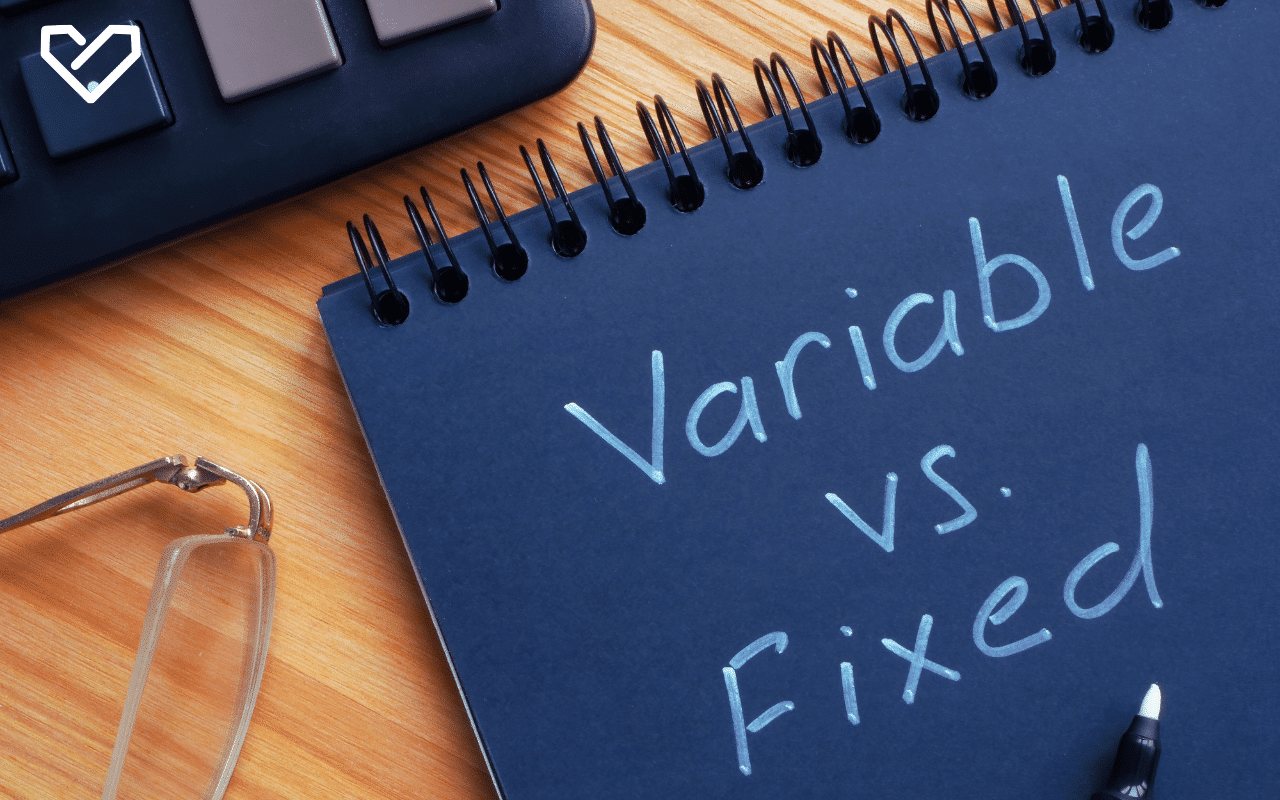Menu
Providing expert mortgage advice for over 28 years.
UK homeowners are seeing positive signs as mortgage rates stabilise at competitive levels, with slight declines compared to last year. As of May 2025, the average rate for a two-year fixed mortgage is 4.64%. The average rate for five-year fixed mortgage is now 4.60%.
Fixed-rate mortgages give you financial stability by keeping your monthly mortgage repayments the same, helping protect you from any future rate changes to the Bank of England base rate. But, like most things, fixed-rate mortgages have downsides too. They may come with higher interest rates than variable-rate mortgages and offer less flexibility if you want to switch to a more suitable deal.
In this blog, we’ll walk you through the pros and cons of 2-year and 5-year deals, helping you determine the best mortgage option for you in 2025. We’ll also look at how the current trends in the UK housing market and the economy are shaping mortgage decisions.

As of May 2025, the average two-year fixed mortgage rate is 4.64%, while some lenders offer rates as low as 3.72%.
The average five-year fixed mortgage rate is now 4.60%, with the lowest available rate at 3.78%.
In May 2025, the Bank of England cut the base rate to 4.25%, the lowest since May 2023. Inflation in January stood at 3%, up from 2.5% in December 2024. As of March 2025, inflation has continued to decline, now at 2.6%, down from 2.8% in February, slightly easing pressure on the Bank of England to maintain high interest rates. Analysts predict that by the end of 2025, the Base Rate could fall to 4%, depending on inflation trends and economic performance.
With rates remaining stable and forecasts predicting potential cuts, now could be an ideal time to lock in a longer-term mortgage while fixed-rate deals remain competitive.
A fixed-rate mortgage can provide peace of mind by helping protect you from any potential rate increases down the line.
Whether you’re looking for a new mortgage deal or thinking about remortgaging, with rates continuing to decline and a recent Bank of England base rate cut to 4.25%, now remains a favorable time to consider fixing your mortgage.
Fixing your mortgage rate is all about stability and peace of mind. When you fix your mortgage rate, you’re locking in a specific interest rate for a set period—whether it’s for a few years or even longer.
This means you’ll know exactly what your monthly mortgage payments will be, no matter what happens with the Bank of England base rate or broader market conditions.

Choosing the right type of mortgage is crucial for your financial stability. A fixed-rate mortgage means your monthly repayments will stay the same for a set period, giving you protection from interest rate rises. This is beneficial if you prefer predictable payments and want to avoid any surprises.
On the other hand, a variable rate mortgage works differently. It’s tied to your lender’s standard variable rate (SVR), which can fluctuate based on market conditions. This means your payments could go up or down depending on how the lender adjusts their rates in line with the Bank of England base rate.
With a standard variable rate mortgage, you might enjoy lower monthly repayments when rates drop, but the trade-off is the risk of higher payments if rates rise. Some homeowners choose this type of mortgage when they think rates will fall, but it’s important to be aware of the potential risks.
A tracker mortgage is another type of variable rate deal that tracks the Bank of England base rate plus a small percentage. While these deals can start with lower interest rates than fixed ones, they carry the same risk of rising payments if the base rate increases. The choice between a fixed or variable mortgage depends on how much risk you’re comfortable taking and what your long-term financial goals are.
A 2-year fixed rate mortgage gives you flexibility over a couple of years, allowing you to reassess your options after a shorter fixed period. After two years, you have the option to remortgage, but this deal doesn’t offer the same security as a longer-term fix.
Lower initial rates: The average rate for a 2-year fix is 4.64%, with the lowest available rate at 3.72%. This means you can enjoy lower monthly repayments for a couple of years and reassess your options later.
Chance to remortgage sooner: A 2-year fixed rate lets you remortgage relatively soon, which is handy if interest rates continue to fall by 2025. You can either switch to a new lender with a better rate or stay with your current one on a new deal, potentially reducing the amount of interest you’re paying.
Lower early repayment charges: Most 2-year fixed mortgages come with smaller penalties for early repayment, so if you want to pay off your mortgage early or switch to a better deal, you won’t face hefty charges.
Frequent remortgaging costs: Since you’re only fixed for a shorter period of time, you’ll need to remortgage more often, which can potentially lead to extra costs like valuation fees, setup fees, and legal fees. While these costs can add up and potentially erode the savings from a lower interest rate, many lenders now offer products with free valuations, free solicitor services, and no arrangement fees. It’s important to compare specific offers to understand the true cost of remortgaging during your fixed-term period.
Risk of rate increases: While rates are currently falling, there’s always the chance that interest rates could rise after your fixed-rate period ends. If you can’t lock in a new deal quickly, your mortgage payments could go up.
Budgeting challenges: After the 2-year period, your payments may change depending on the new rate you secure, making it a bit harder to plan your finances in the long term.
Expert mortgage advice
A 5-year fixed rate mortgage provides stability over a longer period, giving homeowners peace of mind against rate changes. This makes it a popular choice for homeowners who want to avoid frequent remortgaging.
Stability in payments: By locking in at a five-year fixed rate averaging 4.60%, or as low as 3.78%, you’ll benefit from historically low rates compared to last year. This makes it easier to plan your budget and achieve your financial goals.
Protection from future rate increases: If rates rise within the next five years, having a 5-year fix means you won’t feel the impact of those increases.
Fewer remortgaging costs: With a longer fixed term, you won’t have to worry about remortgaging as often. This means fewer arrangement fees and less hassle, potentially saving you time and money.
Higher interest rates: While the gap between 2-year and 5-year rates is narrowing, 5-year fixed rates can still be higher than shorter-term deals. This means you might pay more in interest over the five-year period.
Less flexibility: A longer-term deal can make it harder to switch to a new mortgage deal if interest rates continue to fall. You could also face early repayment charges if you decide to exit your mortgage early.
Missed opportunities for lower rates: If rates keep falling over the next few years, you could miss out on a lower interest rate while locked into your 5-year fix.
Expert mortgage advice
The decision between a 2-year fixed mortgage or a 5-year fixed mortgage depends on your personal situation. Consider your risk tolerance, your financial situation, and your future plans.
If you’re looking for maximum stability, you might want to consider a 10-year fixed mortgage. While the initial rates for longer-term mortgages can be higher, locking in for a decade gives you peace of mind in a changing market with a secure fixed interest rate.
This type of mortgage is ideal for homeowners who plan to stay in their homes for a long time and want to protect themselves from interest rate rises beyond 2025.

Compare Different Lenders and Products: Different mortgage lenders offer different rates. Speaking with one of our mortgage brokers can help you navigate the offers and find the most suitable deal for your situation.
Consider Fees and Charges: It’s important to consider all the fees and charges that come with your mortgage, such as arrangement fees, valuation fees, and early repayment charges. A slightly higher interest rate but lower fees could potentially end up saving you more in the long run, especially for shorter-term mortgages.
Check Your Eligibility and Affordability: Before applying for a mortgage loan, check your credit score, income, and spending habits. Use our online mortgage calculators to see how much you can borrow and what your monthly repayments will look like.
Fixed-rate mortgages remain a popular choice as we head into 2025, offering protection from volatile mortgage interest rate movements. Now could be a good idea to secure a fixed deal based on your personal circumstances. With mortgage rates continuing to decline slightly and the Bank of England base rate at 4.25%, now is a strong time to explore fixed mortgage options, particularly as experts predict a potential base rate cut to 4% by late 2025.
For those seeking long-term peace of mind, a 10-year fixed mortgage might be a suitable choice.
When deciding between a short-term or long-term deal, we will compare 75 lenders, explain any fees involved, and carefully assess your financial situation. Our mortgage advisers are here to help you find the right option for your financial future.
At New Homes Mortgage Services LLP, we strive to provide accurate and up-to-date information at the time of publication. However, due to the dynamic nature of the property market, details may change and this content is intended for general informational purposes only. It does not constitute financial or professional advice and should not be relied upon as such.
We cannot accept responsibility for any decisions made based on this information. For advice tailored to your individual circumstances, please consult our qualified mortgage advisors. We recommend that you independently verify any important details before making financial commitments.
Subscribe for more mortgage updates
Do you need expert mortgage advice?